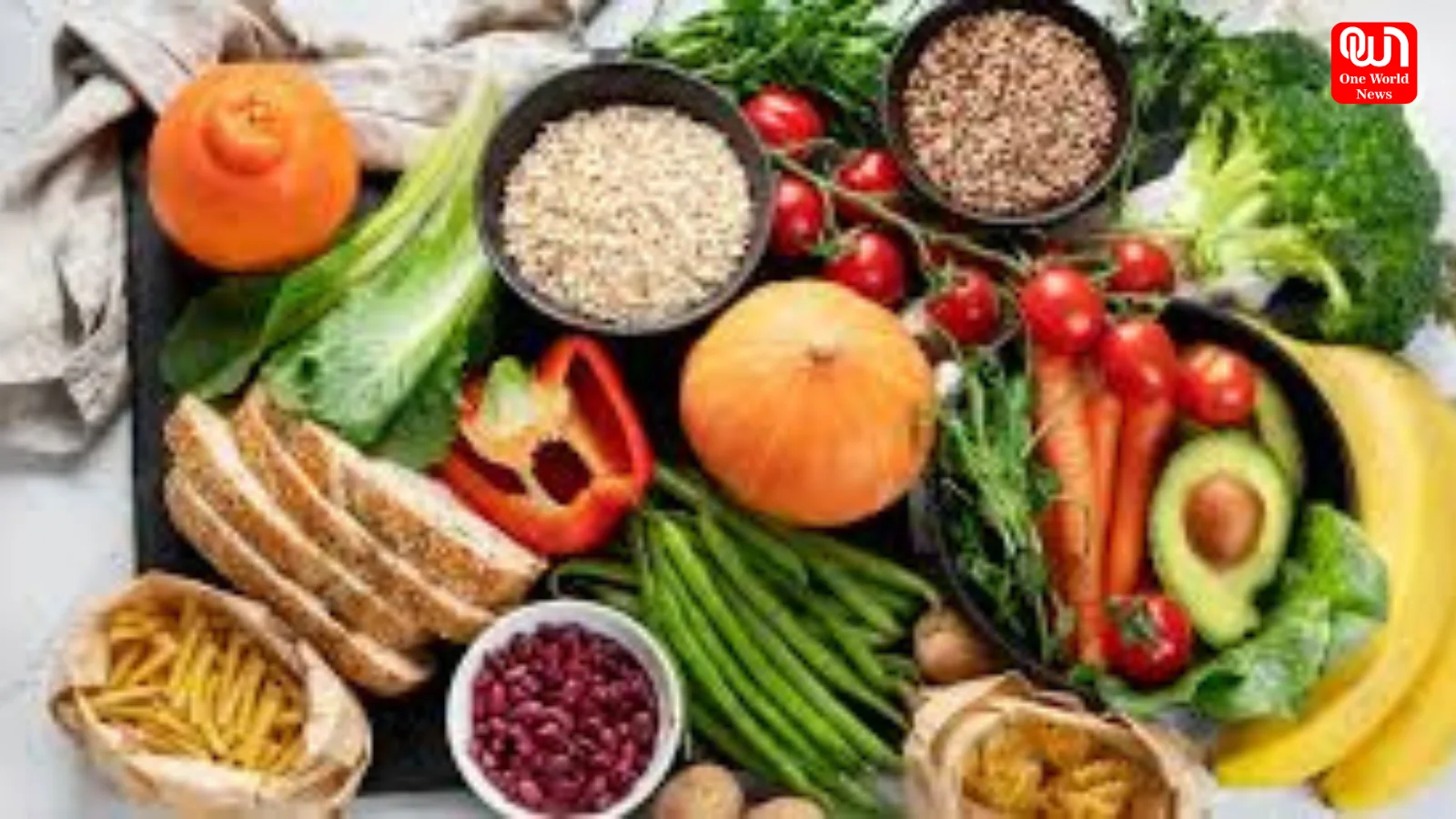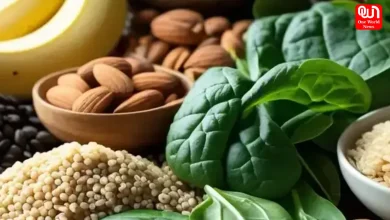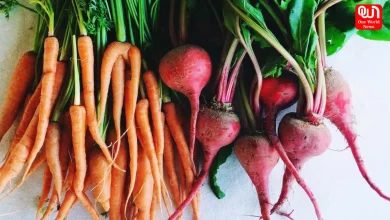Vegetables Containing the Lowest Level of Fibres (Even with Skin Intacts)
It is found in large quantities in numerous fruits and vegetables. Although it is important for digestion and bowel function, certain people- particularly
Gentle on Digestion: Low-Fiber Vegetables for a Nutritious Diet
It is found in large quantities in numerous fruits and vegetables. Although it is important for digestion and bowel function, certain people- particularly those suffering from digestive issues such as irritable bowel syndrome (IBS), Crohn’s disease, or post-surgery may require a low-fibre diet. If you’re searching for vegetables that are nutritious yet easy to digest and low in feber, consider these few options:
Cucumber (1g fibre per 100g)

Cucumbers provide a refreshing and hydrating effect but contain minimal fiber, even when the skin is included. Savor cucumber in a salad with a dash of lemon and black salt, or mix it into a cucumber raita using yogurt and gentle spices. Prepare a refreshing cucumber juice by adding a dash of rock salt. Cucumber can complement yogurt-based dishes such as raita or smoothies.
Bottle gourd (Lauki) (0.6g fibre per 100g)

A common ingredient in Indian cooking, bottle gourd is very easy on the stomach and simple to digest. Make lauki ki sabzi using gentle spices and minimal oil. Prepare a basic lauki dal for a wholesome dish. Prepare lauki juice for a refreshing summer beverage. Lauki is most beneficial to consume alongside moong dal or yogurt for a well-rounded meal.
Pumpkin (Kaddu) (0.5g fibre per 100g)

Pumpkin is tender, mildly sweet, and perfect for low-fiber diets. Prepare it with gentle spices in a pumpkin dish. Prepare a creamy kaddu soup. Make pumpkin halwa using jaggery and ghee. Pumpkin is combined with rice and dal or roti.
Ridge gourd (Turai) (0.8g fibre per 100g)

Ridge gourd is a mild vegetable that prepares rapidly and is easy on the stomach. Make a simple turai sabzi using turmeric and hing. Incorporate it into a dal for improved nutrition. Incorporate into a basic curry featuring tomatoes and gentle spices. Turai can be consumed alongside rotis or khichdi.
Ash Gourd (Petha) (0.9g fibre per 100g)

Ash gourd has a cooling effect on the body and is very easy to digest. Prepare petha sabzi using cumin and a small amount of ghee. Mix with black salt to create a juice. In petha halwa, incorporate for a delightful dessert. Combine petha with dals and rice.
Zucchini (1g fibre per 100g)

Zucchini is tender and simple to digest, which makes it an excellent low-fiber choice. Shred and prepare into a gentle curry with yogurt. Prepare zucchini paratha using reduced wheat flour. Incorporate into soups or mix into a smoothie. Combine zucchini with dishes that feature curd.
READ MORE : Sourav Ganguly Confirms Rajkummar Rao for His Biopic
White brinjal (Eggplant/Baingan) (1.2g fibre per 100g)

In contrast to purple brinjals, white brinjals possess a somewhat lower fiber content and are simpler to digest. Prepare a basic baingan sabzi using few spices. Roast and mix into a gentle bharta, excluding onions. Prepare a dish with yogurt for a distinct flavor. Combine brinjal with mildly spiced dals and rice.
Snake Gourd (Chichinda) (0.8g fibre per 100g)

Snake gourd is a customary Indian vegetable known for its excellent digestibility. Sauté with turmeric and cumin. Incorporate into a soup or dal. Prepare a meal using moong dal for a nutritious dish. Combine it with light dals and steamed rice.
Ivy Gourd (Tindora/Tondli) (1.5g fibre per 100g)

Ivy gourd has a low fiber content and becomes tender when cooked. Sauté gently using a few spices. Utilize in a basic stir-fry with ghee. Incorporate into a gentle vegetable stew. Combine it with curd rice or khichdi.
READ MORE : 5 Foods to Avoid Eating on an Empty Stomach for Better Digestion and Comfort
How to Make Low Fibre Foods Nutritious?
Consuming a low-fibre diet doesn’t require sacrificing flavor or nutrition. The vegetables mentioned above are not only low in fiber but also high in vital nutrients. Using basic Indian cooking techniques, you can prepare them to be tasty and easy to digest.
Steer clear of too many spices to avoid irritating your stomach.If necessary, peel veggies to further lower their fiber content.To break down fiber and facilitate digestion, cook thoroughly.To create a light and well-balanced dinner, pair with rice, curd, or dal. If your doctor has prescribed a rigorous low-fibre diet, stay away from raw veggies.
We’re now on WhatsApp. Click to join.
Like this post?
Register at One World News to never miss out on videos, celeb interviews, and best reads.








